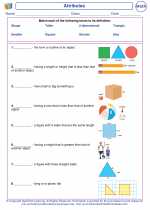Parallel Lines
In geometry, two lines are said to be parallel if they never meet or intersect, no matter how far they are extended. Parallel lines are always the same distance apart and have the same slope.
Symbol for Parallel Lines
The symbol for parallel lines is ∥. When you see this symbol between two lines, it means they are parallel to each other.
Identifying Parallel Lines
To determine if two lines are parallel, you can compare their slopes. If the slopes are the same, the lines are parallel. Another way to identify parallel lines is to measure the distance between the lines at different points. If the distance remains constant, the lines are parallel.
Examples of Parallel Lines
Examples of parallel lines can be found in real life, such as railroad tracks, the edges of a book, or the sides of a rectangular table.
Understanding the concept of parallel lines is important in geometry and helps us solve problems related to angles, shapes, and spatial relationships.
.◂Math Worksheets and Study Guides First Grade. Attributes

 Worksheet/Answer key
Worksheet/Answer key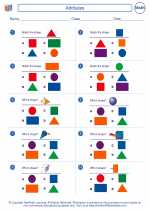
 Worksheet/Answer key
Worksheet/Answer key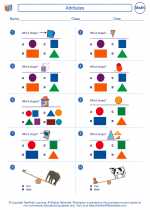
 Worksheet/Answer key
Worksheet/Answer key
 Worksheet/Answer key
Worksheet/Answer key
 Worksheet/Answer key
Worksheet/Answer key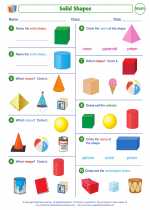
 Worksheet/Answer key
Worksheet/Answer key
 Worksheet/Answer key
Worksheet/Answer key
 Worksheet/Answer key
Worksheet/Answer key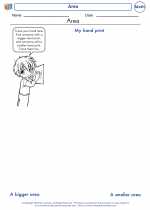
 Worksheet/Answer key
Worksheet/Answer key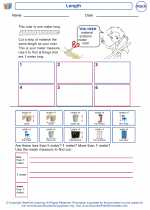
 Worksheet/Answer key
Worksheet/Answer key
 Worksheet/Answer key
Worksheet/Answer key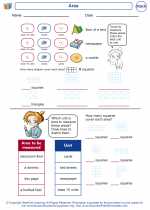
 Worksheet/Answer key
Worksheet/Answer key
 Worksheet/Answer key
Worksheet/Answer key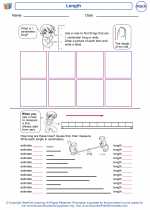
 Worksheet/Answer key
Worksheet/Answer key
 Worksheet/Answer key
Worksheet/Answer key
 Worksheet/Answer key
Worksheet/Answer key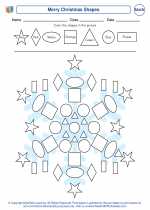
 Worksheet/Answer key
Worksheet/Answer key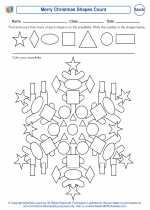
 Worksheet/Answer key
Worksheet/Answer key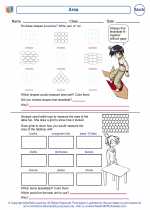
 Worksheet/Answer key
Worksheet/Answer key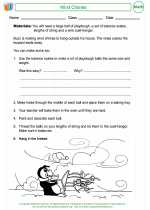
 Vocabulary/Answer key
Vocabulary/Answer key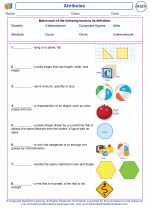
 Vocabulary/Answer key
Vocabulary/Answer key
 Vocabulary/Answer key
Vocabulary/Answer key